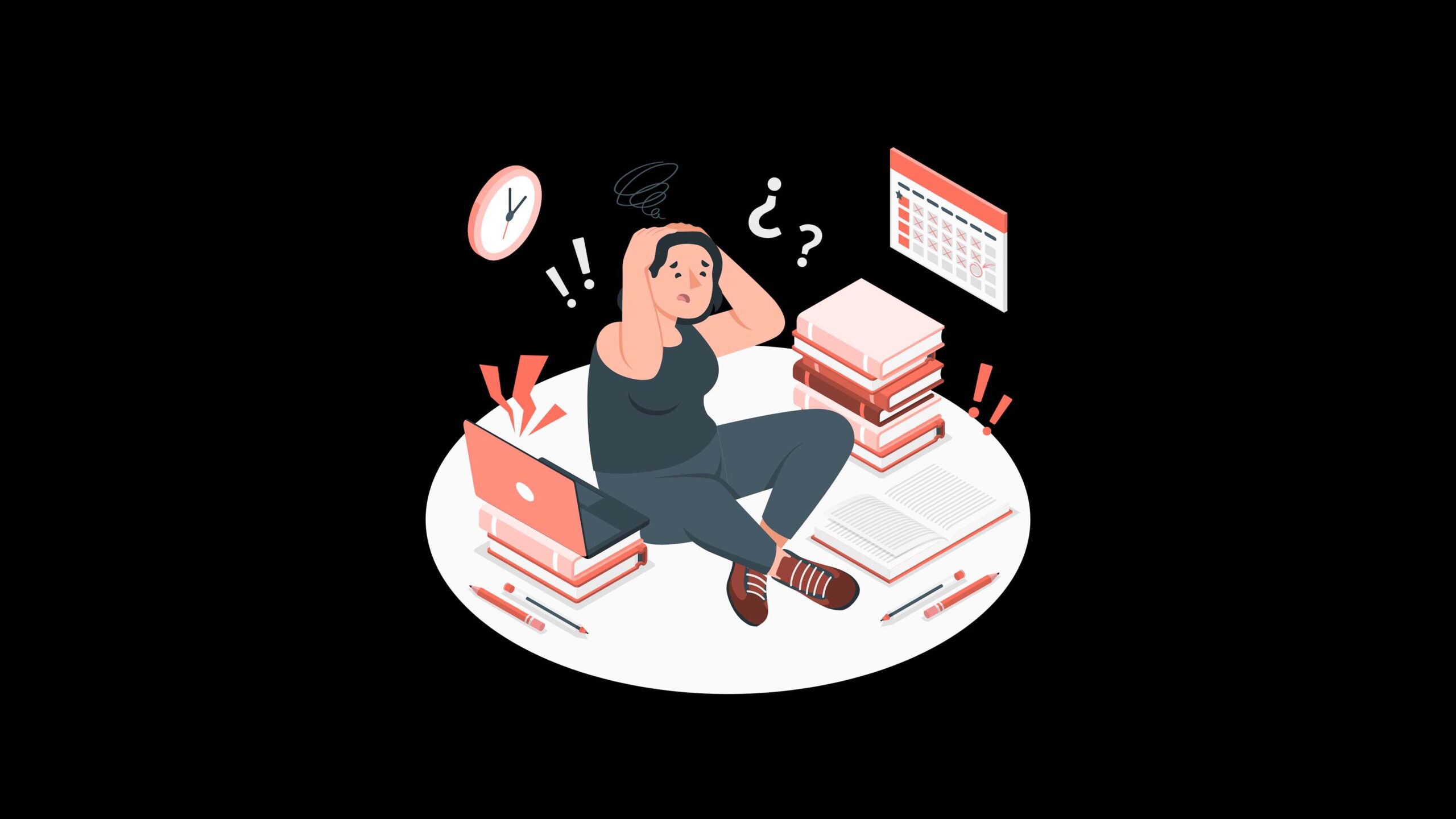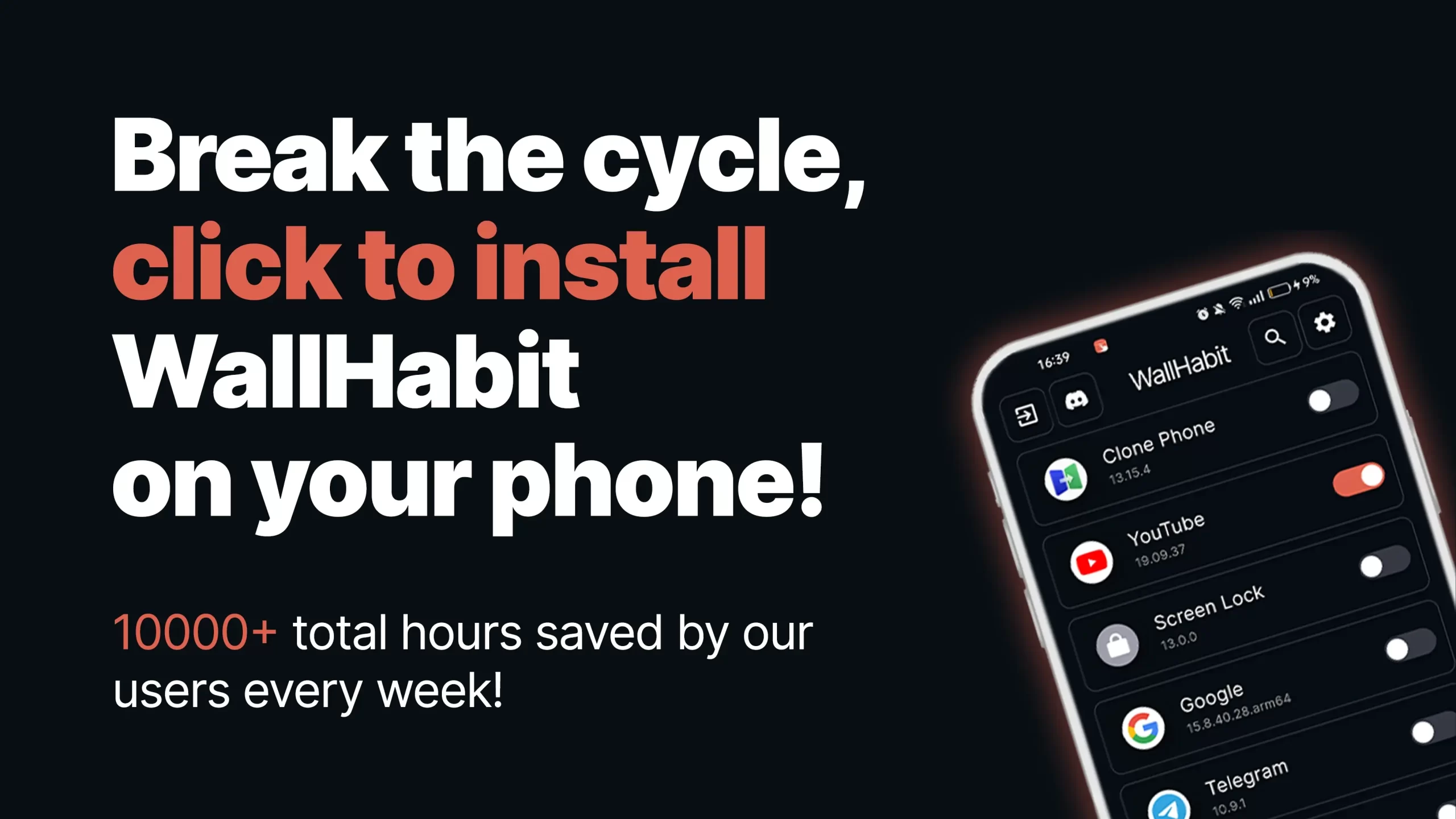In today’s world, we are constantly bombarded with information. Social media platforms, while offering great ways to connect and share, can often lead to information overload. This overwhelming influx of data can impact our mental health significantly. However, there are ways to manage and reduce this social media information overload to maintain a healthy balance.
What Do We Mean by Information Overload?
Information overload happens when we receive more information than we can process. This often results in stress, confusion, and even decision paralysis. With the rise of social media, this phenomenon has become more prevalent. We scroll through endless feeds, absorb countless updates, and get notifications non-stop, making it hard to focus and think clearly.
One of the main issues with content overload is its subtlety. It creeps up on us, making it difficult to recognize until it’s too late. The constant consumption of information can lead to fatigue, anxiety, and reduced productivity. Therefore, understanding and addressing this issue is crucial for maintaining our mental well-being.
5 Examples of Information Overload
1. Endless Scrolling on Social Media
We all know the feeling: you open a social media app to check a notification, and an hour later, you’re still scrolling. The endless stream of content can be addictive, making it hard to stop.
2. Multiple Notifications
Our devices constantly ping us with updates, messages, and alerts. These interruptions can fragment our attention and make it difficult to concentrate on tasks.
3. News Overconsumption
With the 24/7 news cycle, it’s easy to get caught up in the latest headlines. Consuming too much news, especially negative news, can lead to feelings of helplessness and anxiety.
4. Work Emails and Messages
In the professional world, we often face an overload of emails and messages. Keeping up with this constant stream can be overwhelming and distract us from more important tasks.
5. Video Shorts and Reels
Short video content like reels and TikTok videos are designed to capture our attention quickly. Watching too many of these can lead to a scattered mind and reduced attention span.
Using WallHabit to Avoid Information Overload
One effective solution to combat information overload is WallHabit, a commitment device that helps you manage your screen time. WallHabit offers several features designed to reduce distractions and promote healthier tech habits.
Hold to Unlock
One of the standout features of WallHabit is the “hold to unlock” function. When you block certain apps behind a virtual wall, you have to hold down a button for a set amount of time to unlock them. This simple yet effective mechanism makes it harder to access distracting apps impulsively, giving you a moment to reconsider whether you really need to open them.
This feature works particularly well for apps that you often open out of habit, like social media or news apps. By introducing a small delay, WallHabit helps you break the cycle of mindless app opening and encourages more mindful usage.
Blocking Shorts and Reels
Another useful feature of WallHabit is the ability to block short video content like Instagram reels and TikTok videos. These short, fast-paced videos are designed to grab your attention and keep you watching for as long as possible. By blocking them, WallHabit helps you avoid the endless loop of video watching, allowing you to spend your time on more meaningful activities.
This feature is particularly beneficial for those who find themselves spending hours watching short videos without realizing it. By eliminating this source of content overload, WallHabit helps you regain control over your time and focus.
Additional Features
Beyond these primary features, WallHabit offers other tools to help you manage your digital habits. For example, you can set daily usage limits for specific apps or categories of apps, receive reports on your screen time usage, and customize which apps and notifications are allowed during certain times of the day.
These features collectively help you create a more balanced relationship with technology, reducing the negative impacts of social media information overload and improving your overall mental health.
Conclusion
Information overload is a growing problem in our digital age, but it is manageable with the right tools and strategies. By understanding the sources and effects of information overload social media, we can take steps to mitigate its impact. WallHabit offers a practical solution with its innovative features designed to reduce distractions and promote healthier tech habits.
By incorporating tools like WallHabit into our daily routines, we can better manage our screen time, reduce stress, and improve our mental well-being. Taking control of our digital habits is essential for maintaining a healthy balance in our lives. If you’re wondering how to avoid information overload, start by assessing your current tech habits and using tools like WallHabit to help you achieve a healthier, more focused life.

